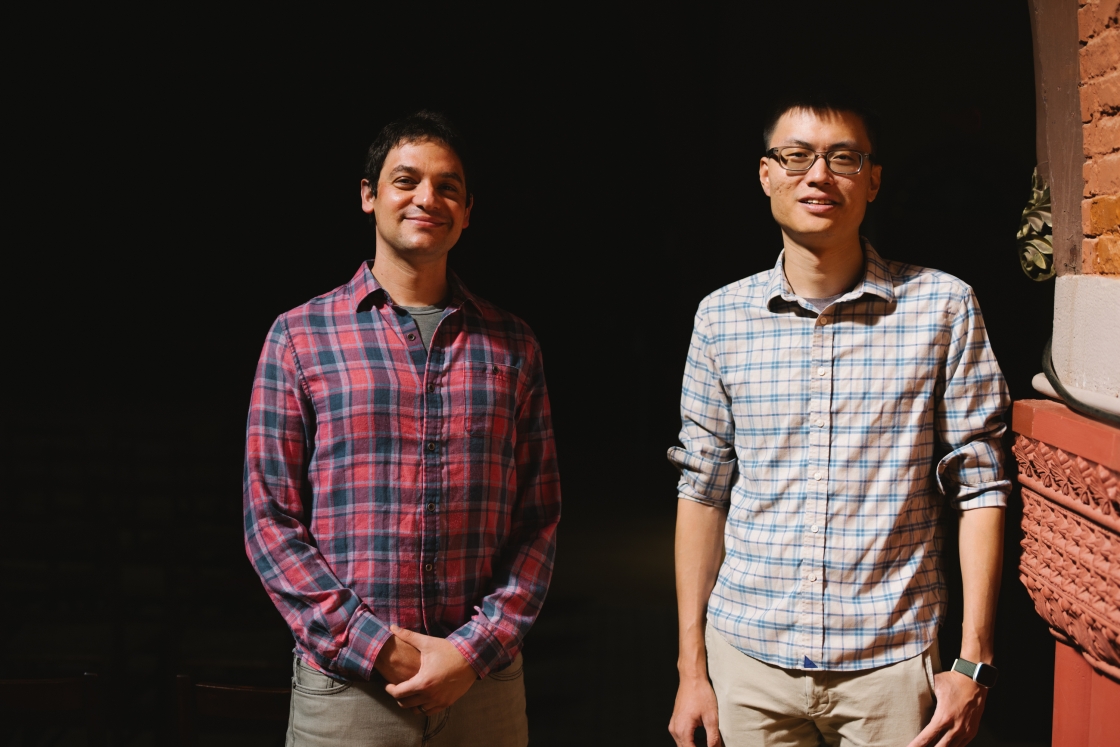March 6, 2017 – As bumblebees forage for nectar from one flower to the next, at a certain point, they will move to another area once their search for food becomes too inefficient. This behavior, also observed among other animals, conforms to a prevalent model in biology called the “marginal value theorem.” In like manner, groups of modern hunter-gatherers relocate their camps to maximize their foraging efficiency, according to a Dartmouth study published in the online Early Edition of the Proceedings of the National Academy of Sciences (PNAS). The findings illustrate for the first time that the marginal value theorem also predicts camp movements among humans, specifically, among the Batek, a group of indigenous hunter-gatherers from Peninsular Malaysia.
“Our results support what many anthropologists have long suspected – that hunter-gatherers relocate their camps in response to how fast they deplete local resources. This study provides new insight about how our hominin ancestors might have moved as groups across ancient landscapes,” says lead author Vivek V. Venkataraman, a postdoctoral researcher in the department of human evolutionary biology at Harvard University, who was a graduate student in biological sciences at Dartmouth at the time of the study.
The Batek are a socially egalitarian society who formerly lived nomadically in the tropical rainforests of north-central Peninsular Malaysia. Based on data from a 1975-1976 study by cultural anthropologists Kirk and Karen Endicott, Dartmouth researchers analyzed the relocation patterns of Batek living in the Upper Lebir River watershed for 93 days as they sequentially occupied 11 residential camps, staying for an average of 8.2 days at each camp. Men generally hunted small game and women gathered wild yams and fruit. In addition, the men also collected rattan (climbing palm) vines and traded it for rice.
| Image  | Image  |
| Figures 1A & 1B from the study. Batek residential mobility, Sept. 1975-June 1976. (A) A Batek nuclear family prepares to move to the next camp. Photo by Kirk Endicott. | (B) The focal group of Batek foragers occupied 11 camps along the Upper Lebir River in the state of Kelantan, Peninsular Malaysia. Map produced by Thomas Overly. |
To test the predictions of the marginal value theorem, the researchers measured how much food the Batek acquired over time in camps, and predicted when the Batek should move based on how quickly they depleted local resources. A close match was found between the predictions of the marginal value model and the actual camp relocation times. They typically relocated to another camp before completely depleting local resources. Even though the Batek lived in complex social groups, they managed to maximize their foraging efficiency as a group, perhaps, due in part to their extensive social cooperation and food sharing. Camp movement decisions were discussed and made collectively.
Although the Batek often said that their decisions to move were based on women’s foraging for carbohydrates (often tubers), the data revealed otherwise, as rattan turned out to be a more accurate predictor of how long the Batek stayed at a camp. Venkataraman and his colleagues suggest that the Batek case illustrates how gender inequalities may be introduced into hunter-gather societies through access to agricultural carbohydrates, such as rice, which alters traditional gendered divisions of labor.
“In the 1970s, Karen and I had the rare opportunity to live with a group of fully nomadic Batek foragers how became enthusiastic partners in our efforts to record their acquisition of food and rattan, and their food sharing practices. We are delighted that our talented young colleagues, coming from evolutionary biology, have been able to use some of the data we collected back then to address important questions in hunter-gatherer studies, including the determinants of camp movements,” says Kirk Endicott, professor emeritus of anthropology at Dartmouth.
In addition to Venkataraman and Endicott, Thomas Kraft, a postdoctoral researcher at the University of California Santa Barbara, who was a graduate student in ecology and evolutionary biology at Dartmouth at the time of the study, and Nathaniel J. Dominy, professor of anthropology and adjunct professor of biological sciences at Dartmouth, who specializes in evolutionary biology, also served as co-authors of the study.
To understand how the Batek way of life as hunter-gatherers is changing in the 21st century, Venkataraman and Kraft are conducting a broader longitudinal study using data collected across 34 years by the Endicotts, in combination with their own fieldwork in 2013, 2014 and 2016. They have constructed a genealogy of more than 1,000 Batek spanning 115 years, and hope to gain insights into human evolution by studying how human social structure and organization in small-scale societies vary across time and space.
Vivek V. Venkataraman is available for comment at: vivek_v_venkataraman@fas.harvard.edu.

